In today’s fast-paced digital landscape, first impressions are everything, especially when it comes to websites. A sleek, modern design not only enhances user experience but also speaks volumes about your brand’s vision and innovation. Whether you’re revamping an existing site or starting fresh, finding the right balance between aesthetics and functionality is crucial. This guide delves into the latest trends and expert tips to help you unlock the power of modern website design, ensuring your platform stands out in the crowded online space. From minimalist layouts to cutting-edge design principles, we’ll explore how to create a website that captivates visitors and drives results. Get ready to discover the future of web design as we uncover the top strategies and examples shaping 2025 and beyond.
Key Takeaways
- Modern Typography: Use clean, modern fonts like those from Google Fonts to achieve a contemporary look.
- Color Palette: Employ muted, professional colors with good contrast for a sophisticated aesthetic.
- Responsive Design: Ensure your site is fully responsive with mobile-first principles for optimal user experience.
- Whitespace Management: Incorporate ample white space to enhance readability and visual appeal.
- Visual Hierarchy: Define clear typography and spacing for effective structure and information organization.
- High-Quality Media: Integrate optimized images and videos, including lazy loading and YouTube embeddings, for enhanced visual interest.
- CSS Frameworks: Streamline your design process with frameworks like Bootstrap or Tailwind CSS for seamless responsiveness.
- Animations and Effects: Add subtle parallax effects and animations to deepen engagement without overwhelming users.
- SEO and Performance: Optimize images and implement structured data to boost SEO rankings and ensure fast load times.
- Accessibility: Design inclusively with semantic HTML and ARIA labels to ensure your site is usable by everyone.
- Regular Updates: Keep your site current with the latest trends and maintain functionality through routine updates.
- Modern Aesthetics: Combine aesthetic appeal with usability via minimalist designs and engaging micro-interactions.
- Device Compatibility: Ensure cross-device compatibility for a seamless user experience across all devices.
- Engagement Features: Incorporate micro-interactions and dynamic content to captivate users and enhance interaction.
- Inspiration Sources: Draw from platforms like 119WebDesign for innovative design ideas and creative solutions.
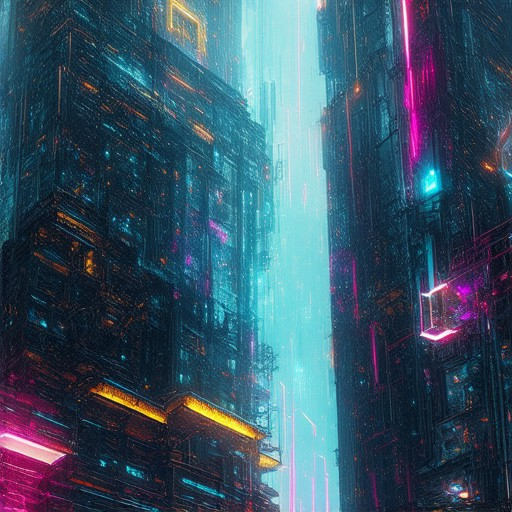
Where Can I Find Inspiration for Website Design?
Here’s a curated list of exceptional platforms and resources that offer website design inspiration:
- 119WebDesign – Explore cutting-edge design trends, tutorials, and expert insights to elevate your web design projects.
Visit 119WebDesign - Awwwards – Discover world-class website designs across various industries, featuring detailed case studies and creative showcases.
Visit Awwwards - Smashing Magazine – A trusted source for web design articles, trends, and resources that inspire creativity and innovation.
Visit Smashing Magazine - Behance – Browse an extensive gallery of professional web and graphic designs submitted by global creatives.
Visit Behance - Dribbble – Connect with designers and explore a vast library of web and app designs that push the boundaries of digital creation.
Visit Dribbble - Webflow Blog – Learn about modern web design techniques, UI/UX principles, and industry best practices.
Visit Webflow Blog - CSS Animation Library – Find stunning CSS animations and transitions to enhance your website’s visual appeal.
Visit CSS Animation Library - Color Palettes – Explore meticulously curated color schemes that perfectly complement modern web designs.
Visit Color Palettes - Typography Resources – Access a variety of fonts and typefaces that can transform the look and feel of your website.
Visit Typography Resources - Layout Inspiration – Get ideas for grid systems, responsive layouts, and creative page structures.
Visit Layout Inspiration - Case Study Reviews – Analyze successful website designs to understand user experience and design strategy.
Visit Case Study Reviews - Graphic Design Gallery – Immerse yourself in a visual feast of logos, branding, and print designs.
Visit Graphic Design Gallery
These resources provide a wealth of inspiration, from design trends to practical implementation strategies, ensuring your website stands out in the digital landscape.
The 5 Golden Rules of Web Design
The foundation of effective web design revolves around five core principles that ensure usability, aesthetics, and SEO-friendliness. Adhering to these guidelines helps create a website that is both user-centric and search-engine optimized.
- Usability First
- Ensure intuitive navigation with clear labels and logical organization.
- Make your content easily accessible via semantic HTML tags like
<header>,<footer>, and<section>. - Implement accessibility features such as alt texts for images and keyboard navigation support.
- Content Strategy Matters
- Focus on delivering valuable, original content tailored to your audience’s needs.
- Use keywords strategically to enhance SEO without stuffing.
- Create a clear content hierarchy with headings, subheadings, and bullet points for better readability.
- Consistent Layout and Branding
- Maintain a uniform look and feel across all pages to reinforce brand identity.
- Use consistent fonts, colors, and spacing to create visual harmony.
- Ensure your logo and key elements are always visible and properly aligned.
- Responsive Design is Non-Negotiable
- Your website must be fully responsive, accommodating all screen sizes and devices.
- Use flexible layouts and media queries to adapt content dynamically.
- Optimize images and videos for different resolutions to preserve quality and loading speed.
- Build Memorable URLs
- Use clean, descriptive URLs with keywords to improve SEO performance.
- Avoid unnecessary parameters or session IDs in URLs.
- Utilize URL shorteners or redirects cautiously to maintain user experience.
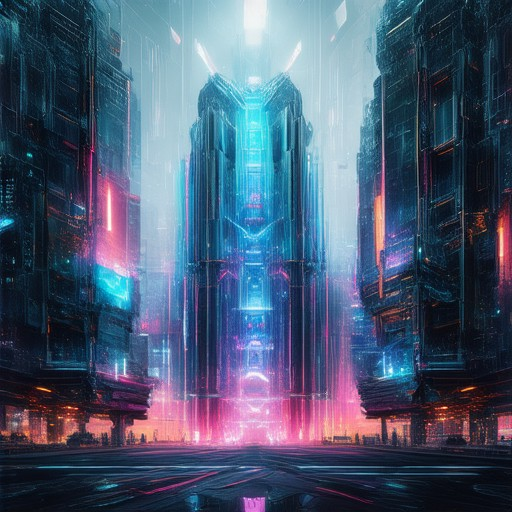
Modern Web Design Trends 2025
The year 2025 is poised to bring forth a wave of innovative and transformative web design trends, shaping the digital landscape with cutting-edge creativity and functionality. Here’s an overview of the most anticipated trends:
1. AI-Driven Design Tools
AI is revolutionizing web design by enabling designers to automate repetitive tasks and generate custom layouts. Tools like TheeDigital’s AI-powered design platform allow for real-time adjustments and personalized design outputs, making the process faster and more efficient.
2. Rise of 3D Elements
Three-dimensional graphics and animations are increasingly being incorporated into web design, offering a more immersive user experience. This trend is particularly prominent in applications and gaming platforms, creating a sense of depth and engagement.
3. Micro-Interactions
Micro-interactions are small, deliberate animations or transitions that enhance user interaction with elements on a webpage. These subtle effects, often seen in buttons or menus, add a layer of feedback that improves overall usability.
4. Dark Mode Optimization
Dark mode continues to dominate design trends, with many websites adopting it to reduce eye strain and improve user comfort. TheeDigital’s dark mode options are optimized for readability and aesthetic appeal, ensuring a cohesive user experience.
5. Sustainability in Web Design
With a growing emphasis on environmental responsibility, sustainable web design practices are gaining traction. This includes using eco-friendly color palettes, reducing unnecessary animations, and optimizing code for minimal resource consumption.
6. Custom Scroll Effects
Custom scroll effects are transforming the way users interact with websites. These effects, such as smooth transitions and animated elements that respond to scrolling, are being widely adopted to enhance navigation and engagement.
7. Minimalistic Design Evolution
While Brutalist design has made waves in recent years, minimalism remains a cornerstone of modern web design. Clean layouts, ample white space, and simple typography continue to resonate with users seeking a distraction-free experience.
8. Responsive Typography
Responsive typography is now a standard expectation, ensuring that text looks crisp and readable across all devices. TheeDigital’s typography solutions are specifically engineered to adapt seamlessly to varying screen sizes.
9. Video Backgrounds
Video backgrounds are becoming a popular choice for creating visually striking websites. These backgrounds can be customized to align with brand colors and tones, providing a dynamic and engaging backdrop for content.
10. Accessibility-First Approach
Accessibility remains a critical consideration in web design, with more developers prioritizing inclusive practices. TheeDigital’s design tools are designed with accessibility in mind, ensuring that all features are usable by everyone, regardless of ability.
These trends reflect the evolving nature of web design, blending aesthetics with functionality to create more impactful and user-centric experiences. By staying attuned to these developments, designers can future-proof their work and deliver exceptional digital solutions.
For more insights and resources, visit 119WebDesign today!
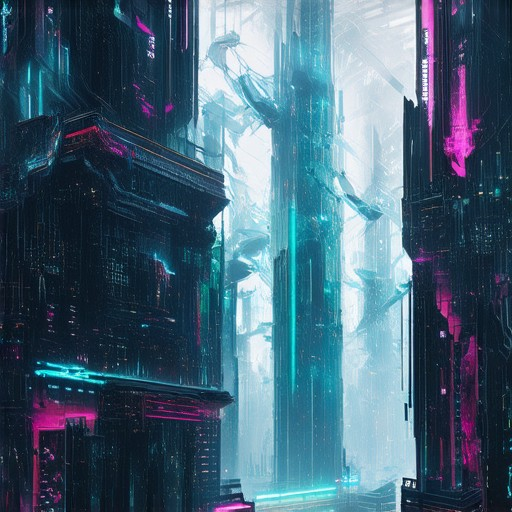
How to Make Your Website Look Modern
To give your website a modern look, consider implementing the following strategies:
- Typography : Use modern, clean fonts available through services like Google Fonts . Fonts such as Roboto, Poppins, or Source Sans Pro can give your site a contemporary feel.
- Color Scheme : Opt for muted, professional colors with good contrast. Consider using a monochromatic palette or subtle accent colors. Tools like Coolors can help you select the right color combination.
- Responsive Design : Ensure your website is fully responsive. Use media queries to adapt layouts for different screen sizes. Prioritize mobile-first design principles to enhance user experience on all devices.
- Whitespace Management : Incorporate ample white space around content to improve readability and visual appeal. Use strategic padding and margins to avoid clutter.
- Visual Hierarchy : Establish a clear visual hierarchy with well-defined typography and spacing. Use larger fonts for headings and ensure consistent spacing between sections.
- High-Quality Media : Integrate high-quality images and videos to enhance visual interest. Use lazy loading for images to optimize load times and embed videos from platforms like YouTube .
- CSS Frameworks : Utilize frameworks like Bootstrap or Tailwind CSS to streamline design processes and ensure responsiveness.
- Parallax Effects and Animations : Add subtle parallax effects to hero sections or feature pages for depth. Implement fade-in animations for individual sections to enhance user interaction.
- SEO Optimization : Enhance image optimization with descriptive alt texts and incorporate structured data like JSON-LD. Compress images and use a reliable hosting service to maintain fast load times.
- Accessibility : Ensure your website is accessible by using semantic HTML tags and keyboard navigation. Add ARIA labels where necessary to improve inclusivity.
- Regular Updates : Keep your site updated with the latest design trends and functionality. Schedule regular maintenance to fix bugs and refresh your site’s appearance.
- User Feedback : Gather feedback from real users to identify areas for improvement. Test your site across devices and with actual users to gain valuable insights.
By systematically applying these strategies, you can transform your website into a modern, visually appealing, and user-friendly platform.
What Do Modern Websites Look Like?
Modern websites are a blend of aesthetic appeal, functionality, and seamless user experiences. They often incorporate:
- Full-Page Header Images – High-quality visuals that cover the entire screen, setting the tone for the site’s theme.
- Micro Animations – Subtle movements or interactions that enhance navigation and engagement without overwhelming users.
- Strong Typography – Clear, readable fonts that ensure content is easily digestible and professional-looking.
- Bold Photography – High-resolution images that grab attention and convey visual messages effectively.
- Playful Cursors – Customizable cursor effects that add a touch of interactivity and personality to the user experience.
- Background Videos – Looped clips that create dynamic environments while maintaining focus on content.
- Lots of White Space – Strategic use of empty space to reduce clutter and highlight key elements.
- Minimalist Designs – Clean layouts that prioritize functionality and usability over decorative elements.
These elements work together to create visually striking yet intuitive interfaces. Modern websites also emphasize responsive design, ensuring they look great on all devices, from desktops to mobile phones. Additionally, many incorporate interactive features like hover effects, smooth scrolling, and dynamic content delivery to enhance user engagement.
For instance, platforms like 119WebDesign showcase cutting-edge designs that combine creativity with practicality, offering inspiration and resources for web designers. By balancing aesthetics with user-centric experiences, modern websites continue to evolve, setting new standards for digital excellence.
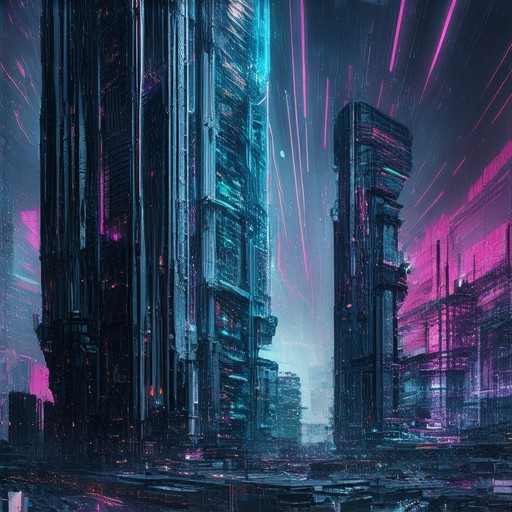
How to Make a Website Look Aesthetic
To create an aesthetically pleasing website, consider the following key elements:
- Color Scheme :
- Choose a complementary color palette that creates visual interest while maintaining readability. Tools like Canva offer color matching tools to help you select harmonious colors.
- Typography :
- Opt for clean, modern fonts like Arial or Tahoma . Ensure text is legible with appropriate font sizing and spacing.
- Whitespace Management :
- Incorporate ample white space around content to reduce clutter and enhance visual breathing room. Use margins and padding strategically to highlight key elements.
- Imagery :
- Use high-quality images and graphics to convey professionalism. Consider sourcing images from platforms like Unsplash and ensure proper licensing is obtained. Optimize images for web use to improve load times.
- Design Consistency :
- Maintain uniformity in design elements such as buttons, navigation bars, and color schemes. Create a style guide to ensure consistency across all pages.
- Visual Effects :
- Add subtle gradients, shadows, or animations to elevate the design without overwhelming the user. Animated backgrounds can add dynamism, though keep it minimal to avoid distraction.
- Responsive Design :
- Ensure the website is fully responsive, providing an optimal viewing experience across all devices. Test layouts on various screen sizes or use tools like media queries to achieve this.
- Micro-Interactions :
- Introduce small interactive elements like hover effects on buttons or floating icons to enhance user engagement. These details add a polished touch.
- Regular Updates :
- Periodically refresh the site with new content, products, or designs to keep it visually appealing and relevant. Conduct regular audits for broken links and outdated information.
By thoughtfully integrating these elements, you can create a website that not only looks beautiful but also functions seamlessly and engages users effectively.
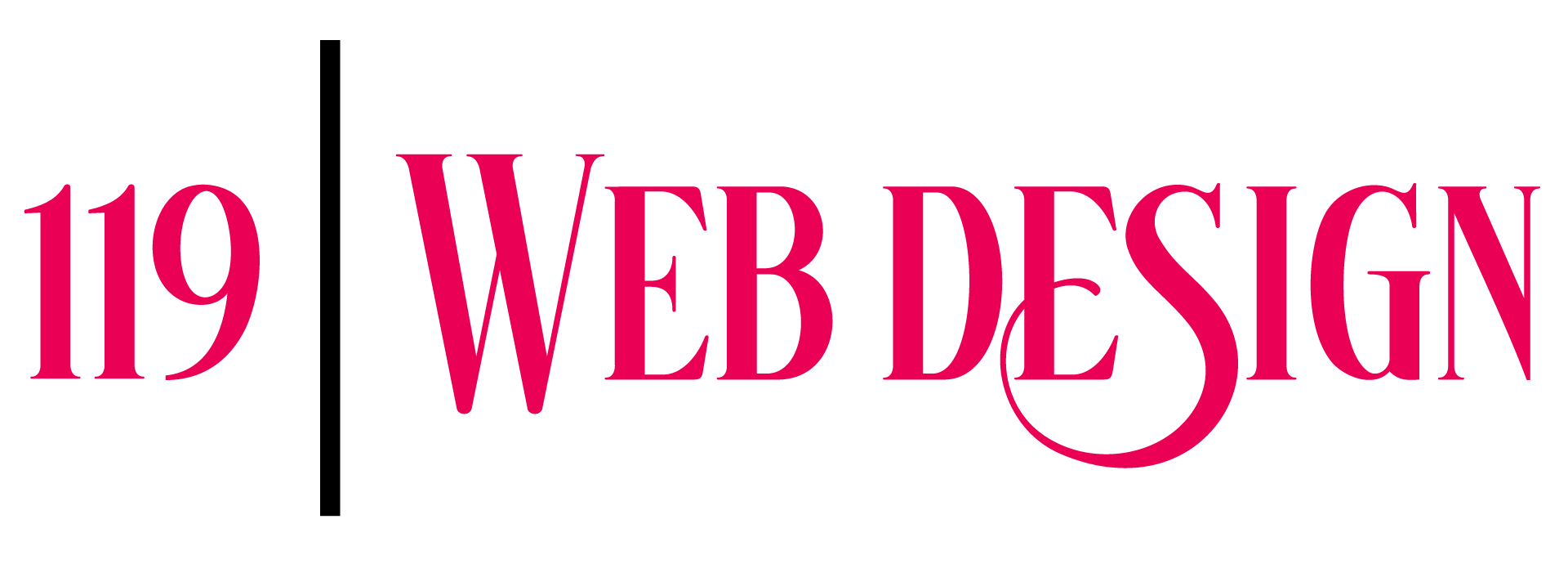

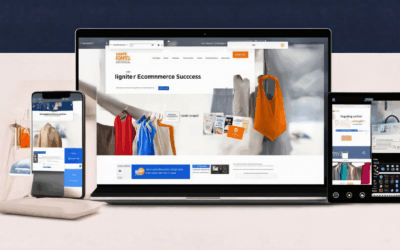
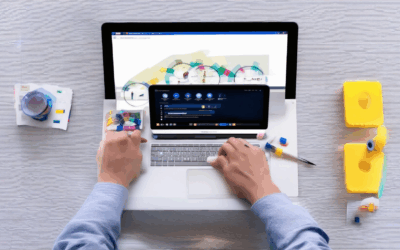
0 Comments